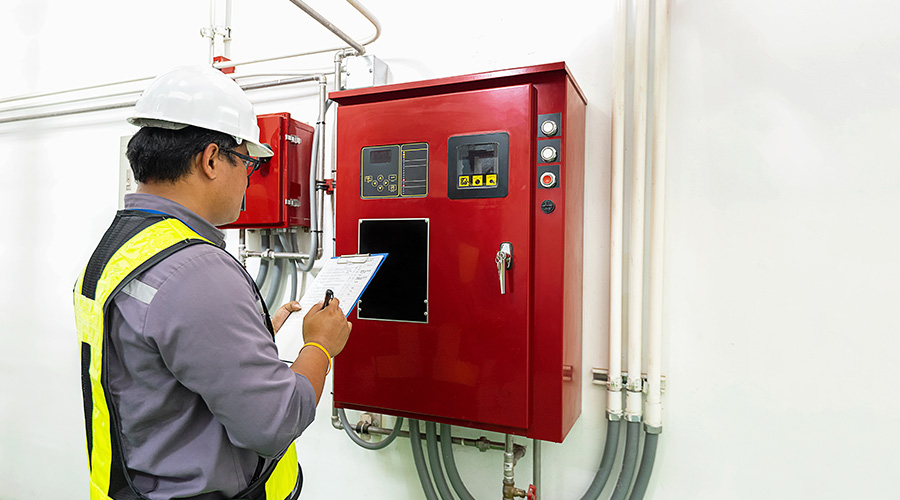DHS Publishes Chemicals List for Anti-Terrorism Standards
The U.S. Department of Homeland Security has released a list of chemicals that, if possessed by a facility in a specified quantity, triggers a requirement to complete and submit an online consequence assessment tool called a Top-Screen.
The U.S. Department of Homeland Security has released a list of chemicals that, if possessed by a facility in a specified quantity, triggers a requirement to complete and submit an online consequence assessment tool called a Top-Screen.
Appendix A of the Chemical Facility Anti-Terrorism Standards (CFATS) is a critical element of the department’s chemical security efforts. Using the information gathered through the Top-Screen, the department will make a preliminary determination as to whether a facility presents a high level of security risk and whether it will be required to comply with the substantive requirements of CFATS.
The department also has issued a fact sheet on Appendix A to the chemical facility anti-terrorism standards.
To determine the type and quantity of chemicals that will be subject to the preliminary screening process, the department examined the following three security issues:
• Release: Quantities of toxic, flammable, or explosive chemicals that have the potential to create significant adverse consequences for human life or health if intentionally released or detonated
• Theft and diversion: Chemicals that have the potential, if stolen or diverted, to be used or converted into weapons; and
• Sabotage and contamination: Chemicals that, if mixed with other readily available materials, have the potential to create significant adverse consequences for human life or health.
The department identified these chemicals in the specific amounts for preliminary screening based on their potential to create significant human life or health consequences.
Appendix A lists about 300 chemicals of interest and includes common industrial chemicals, such as chlorine, propane and anhydrous ammonia, and specialty chemicals, such as arsine and phosphorus trichloride. Facilities that possess chemicals of interest at or above the listed screening threshold quantities are required to complete the Top-Screen within 60 calendar days of the publication of Appendix A.
While many chemical facilities have already initiated voluntary security programs and made significant investments to improve security, gaps remain. The CFATS regulation imposes for the first time comprehensive federal security regulations for high-risk chemical facilities. The CFATS regulation, issued on April 9, 2007, is already being implemented at certain high risk chemical facilities across the nation.
For more information on chemical security or to view the Appendix A final rule of CFATS, visit www.dhs.gov/chemicalsecurity.
Related Topics:











